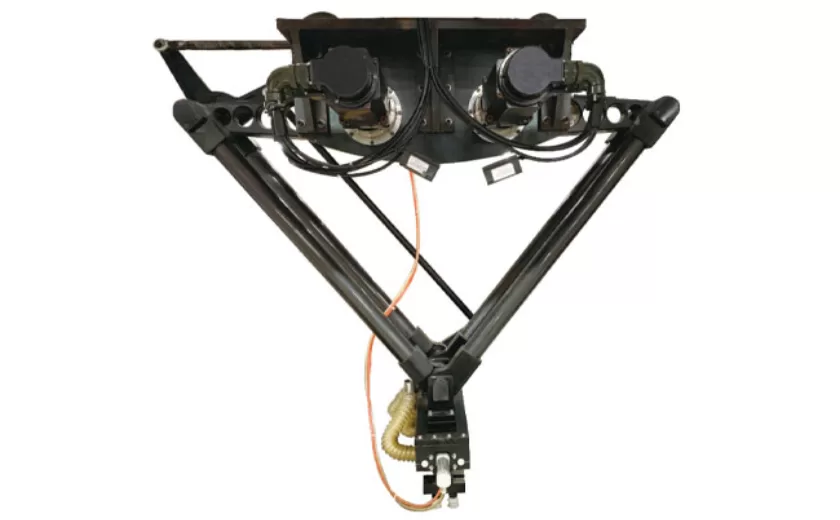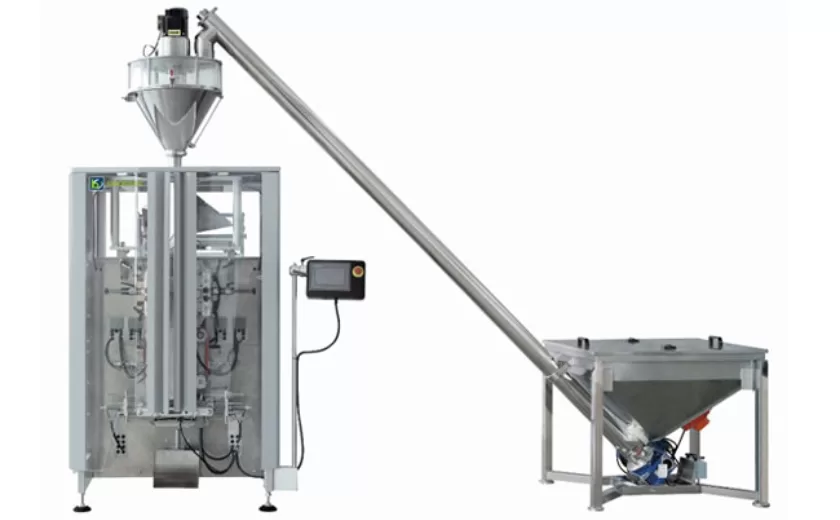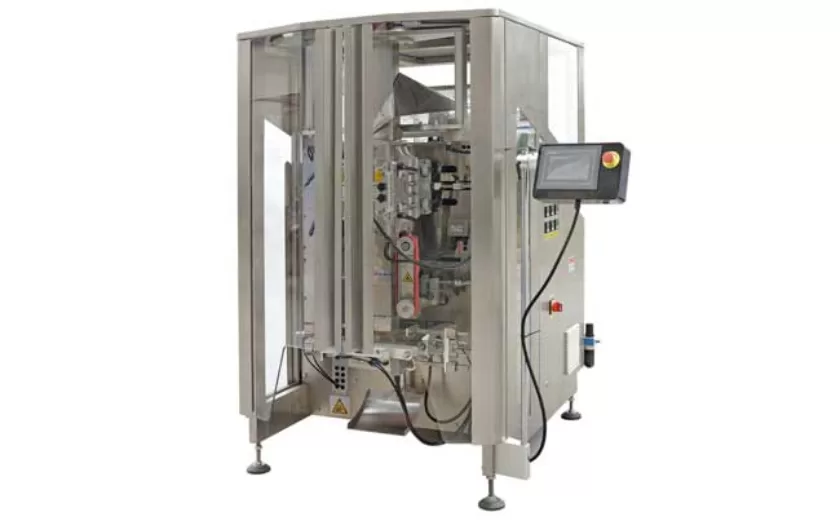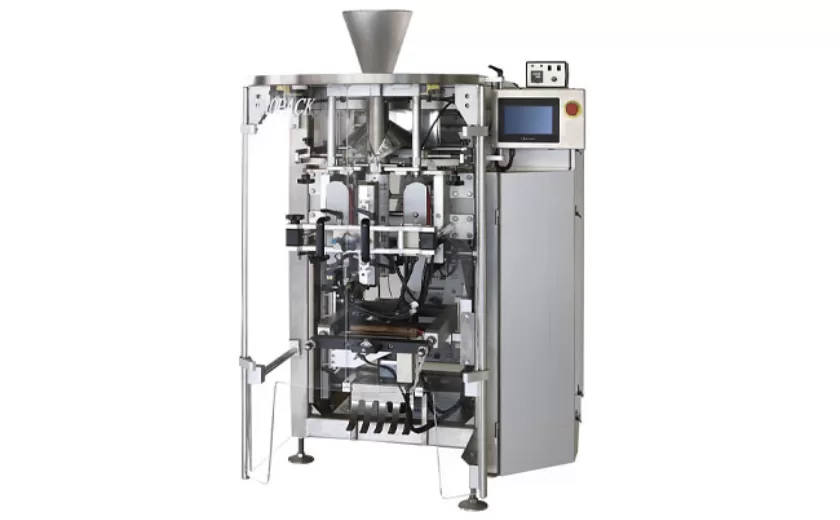Revolutionizing Chip Packaging: The Future of Miniaturization
The Future of Miniaturization: A Look into Revolutionary Chip Packaging
In the dynamic landscape of electronics, the evolution of chip packaging plays a crucial role in the relentless pursuit of miniaturization. As consumers demand smaller, faster, and more efficient devices, the need for innovative chip packaging solutions becomes increasingly pressing. Let’s dive into the world of chip packaging and explore the cutting-edge technologies that are shaping the future of this field.
The Rise of Advanced Packaging Technologies
Traditional packaging methods are giving way to advanced technologies like System-in-Package (SiP), Chip-on-Board (COB), and 3D chip stacking. These approaches enable greater component density, improved thermal performance, and enhanced signal integrity, paving the way for smaller and more powerful electronic devices.
SiP: Unleashing the Power of Integration
System-in-Package (SiP) technology integrates multiple semiconductor components into a single package, enabling a higher level of functionality in a compact form factor. By combining different functionalities like processors, memory, and sensors on a single substrate, SiP offers remarkable efficiency gains and design flexibility.
COB: Redefining Connectivity and Reliability
Chip-on-Board (COB) packaging involves mounting bare semiconductor chips directly onto a printed circuit board (PCB), eliminating the need for individual packaging. This direct attachment improves signal integrity, reduces interconnection complexity, and enhances thermal dissipation, ultimately leading to more reliable and efficient devices.
3D Chip Stacking: Breaking the Boundaries of Dimensionality
3D chip stacking technology stacks multiple semiconductor layers vertically, enabling a significant increase in component density without expanding the footprint of the device. This vertical integration allows for shorter interconnections, reduced signal delays, and improved power efficiency, revolutionizing the way chips are designed and assembled.
Advancements in Material Science and Manufacturing Processes
Beyond innovative packaging technologies, continuous advancements in material science and manufacturing processes are driving the miniaturization trend further. From the development of new dielectric materials with superior thermal conductivity to the adoption of advanced fabrication techniques like wafer-level packaging, every aspect of chip packaging is undergoing rapid transformation.
Challenges and Opportunities Ahead
While the future of chip packaging appears promising, it is not without its challenges. Issues such as thermal management, signal integrity, and cost-effectiveness remain critical concerns that need to be addressed through collaborative research and development efforts. However, these challenges also present exciting opportunities for innovation and breakthroughs in the field.
The Road Ahead: Towards a Smaller, Smarter Future
As we venture into a future where smart homes, wearable electronics, and autonomous vehicles are the norm, the role of chip packaging will only become more central to technological progress. By embracing the latest advancements and pushing the boundaries of what is possible, we can expect to witness a paradigm shift in how electronic devices are designed, manufactured, and experienced by consumers.
-

Advanced Packing Solutions: Snacks, Sugar, and Frozen Food Machines
29-10-2025 -

Efficient and Reliable Solutions for Salt, Nuts, and Frozen Dumplings Packing
29-10-2025 -

High-Performance Biscuits, Lollipop, and Ketchup Packing Machines for Modern Food Production
29-10-2025 -

Efficient Liquid Filling and Packing Machines for Modern Production
23-10-2025 -

Reliable Granule Packaging Machines for Efficient Production
23-10-2025 -

Efficient Auger Powder Filling Machines for Accurate Packaging
23-10-2025 -

High-Performance Liquid Filling and Packing Machines for Hygienic Production
10-10-2025 -

High-Efficiency Granule Packaging Machines for Precision and Speed
10-10-2025 -

High-Precision Auger Type Powder Filling Machines for Efficient Packaging
10-10-2025 -

Efficient Vertical Form Fill Seal Packaging Machines for Smart Production
10-10-2025





